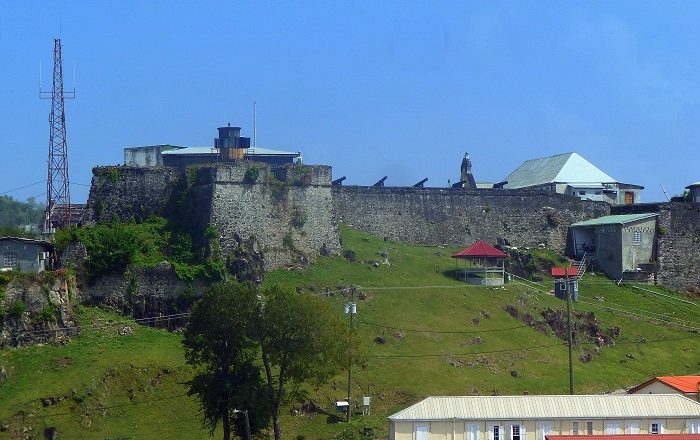

Trivia, Karaoke, and Live Music at Harry A’s.A visionary impressed by the Antwerp bourse, he funded the creation of a London exchange, to which he added two floors of shops, complete with an all-important alcohol licence. It’s a reminder that much of the City’s trade has its roots in the genius of 16th-century merchant Sir Thomas Gresham, whose crest was a golden grasshopper on a green mound. But if the pediment sculptures of merchants fashioned in the style of Classical gods are an arresting pastiche for all the wrong reasons, the giant, gilded, grasshopper weathervane that tops the clock tower is endearing. Perhaps, in designing the Bank, Baker suffered from a compulsion to outshine Sir William Tite’s The Royal Exchange, another building that drips pomp from every corner. To the right are steps that rise to the vast portico of the Royal Exchange. Here, his portico rises above the blind, encircling perimeter wall by Regency architect Sir John Soane. The south frontage of the Bank of England, remodelled by Sir Herbert Baker from 1925. However, its cornucopia of columns and caryatids didn’t encounter much praise: Pevsner called it the greatest architectural crime in the 20th-century City of London. Sir Herbert Baker’s wedding cake of a building - which replaced Sir John Soane’s Palladian original - was intended to match the Bank’s exalted role. None of Wren’s grace and restraint appear around the corner in Threadneedle Street, where the Bank of England rams grandeur down every passer-by’s throat. Yet, ascend a few steps and any pretence of modesty vanishes into a circular marvel bathed in light, where a spare, round altar, sculpted by Henry Moore and surrounded by kneelers designed by Patrick Heron, sits under Wren’s masterpiece - an intricately decorated dome that was a model for St Paul’s.

Sandwiched between Mansion House, with its monumental proportions and Corinthian columns, and a curvy office building that seems inspired by the torso of the Michelin Man, it looks tiny and unassuming. Only a few steps from St Mary’s, St Stephen Walbrook, the church where the Samaritans was founded, rises on the same site that, in Roman Londinium, would have been a temple to Mithras. He lived long enough to see the fruits of his efforts, with the Abolition of the Slave Trade Act coming into force in 1807, nine months before his death. One of its rectors was John Newton, author of Amazing Grace and a slave ship captain-turned-anti-slavery campaigner. St Mary’s itself, which stands like an island parting Lombard Street from King William Street, is notable not only for Hawksmoor’s Baroque architecture, but also because it is a memento of the fight against slavery. St Magnus the Martyr church in the City of London, by Chrisopher Wren. Here, embedded on the south wall, is a piece of molten lead, a relic of the fire that almost destroyed the church during the Blitz. But it’s the tiny crypt of St Clare that really captures the heart. Age, luck and the foresight of some of its vicars have made All Hallows a treasure trove of intriguing artefacts, from a Roman pavement and a Holy Land altar to ancient parish registers that were stashed in a cistern at times of turmoil. Roman Britain re-emerges from the bowels of the City at All Hallows by the Tower, in Byward Street, one of the few churches to survive the Great Fire unscathed. Having marked the 70th anniversary of The Queen’s accession to the throne with a 62- gun salute, it is now getting ready to pay her a floral homage: ‘Open from June 1 until September 18, Superbloom will see more than 20 million seeds fill the moat with a spectacular field of flowers.’ Country Life's Top 100 architects, builders, designers and gardenersīut the Tower has also been the setting for many Jubilee celebrations - beginning with Edward III’s in 1376, when it was the starting point for a procession that culminated with a weeklong joust at Smithfield.


 0 kommentar(er)
0 kommentar(er)
